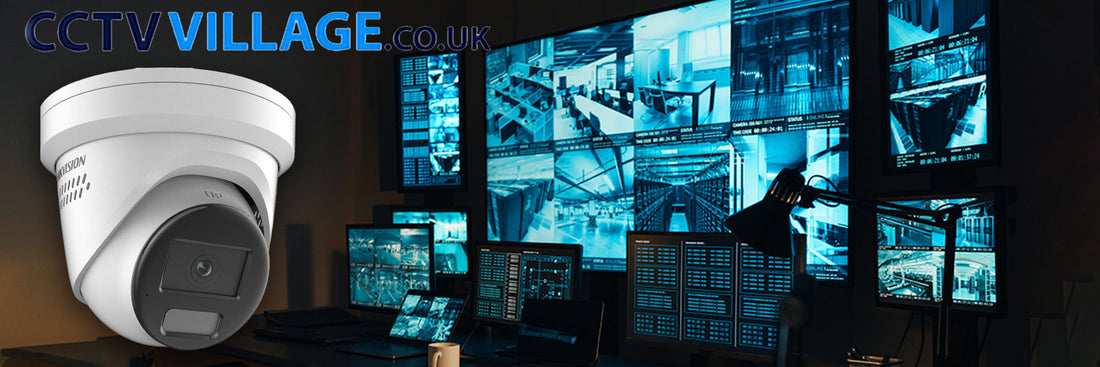Introduction
In today's digital age, surveillance technology has permeated various aspects of our lives, including the workplace. Closed-Circuit Television (CCTV) systems are increasingly utilized by employers for monitoring employee activities, ensuring security, and enhancing productivity. However, the use of CCTV in the workplace raises significant ethical, legal, and privacy concerns. This article delves into the complexities of CCTV and workplace monitoring, exploring its implications on employee rights, organizational culture, and productivity.

1. The Rise of Workplace Surveillance
With advancements in CCTV technology and the increasing availability of affordable surveillance systems, many employers are turning to CCTV for workplace monitoring. These systems are used to monitor employee activities, prevent theft, ensure compliance with company policies, and enhance overall security. However, the widespread adoption of workplace surveillance has sparked debates about its impact on employee privacy and autonomy.
2. Legal and Ethical Considerations
The use of CCTV for workplace monitoring raises several legal and ethical considerations. While employers have a legitimate interest in maintaining security and productivity, they must balance these concerns with employees' rights to privacy and dignity. Laws and regulations governing workplace surveillance vary by jurisdiction, but generally, employers are required to inform employees about surveillance activities and ensure that monitoring is conducted in a reasonable and non-intrusive manner.
3. Impact on Employee Morale and Trust
The pervasive use of CCTV in the workplace can have significant implications for employee morale and trust. Constant surveillance may create a culture of mistrust and paranoia among employees, leading to decreased job satisfaction, increased stress, and higher turnover rates. Moreover, employees may feel that their every move is being scrutinized, stifling creativity and innovation in the workplace.
4. Productivity vs. Surveillance
Proponents of workplace surveillance argue that it can enhance productivity by deterring misconduct, monitoring employee performance, and identifying areas for improvement. However, research on the relationship between surveillance and productivity yields mixed results. While some studies suggest a positive correlation between surveillance and productivity, others find that excessive monitoring can have a detrimental effect on employee motivation and engagement.
5. Employee Rights and Consent
Employees have rights regarding workplace surveillance, including the right to be informed about monitoring activities, the right to consent to surveillance in certain situations, and the right to access their data collected through surveillance. Employers must ensure that surveillance policies are transparent, fair, and compliant with applicable laws and regulations. Additionally, employees should have avenues for recourse if they feel that their privacy rights have been violated.
6. Striking a Balance
Achieving a balance between security concerns and employee rights is essential for fostering a healthy work environment. Employers should carefully consider the necessity and proportionality of workplace surveillance, implementing measures that respect employees' privacy while addressing legitimate security concerns. This may involve establishing clear surveillance policies, providing employee training on privacy rights, and incorporating feedback from employees in the decision-making process.

Conclusion
CCTV and workplace monitoring present complex challenges for employers, employees, and policymakers. While surveillance technology can enhance security and productivity, its use must be balanced with respect for employee privacy, autonomy, and dignity. By adopting transparent and ethical surveillance practices, organizations can cultivate a culture of trust, accountability, and respect in the workplace, ultimately benefiting both employees and employers.

